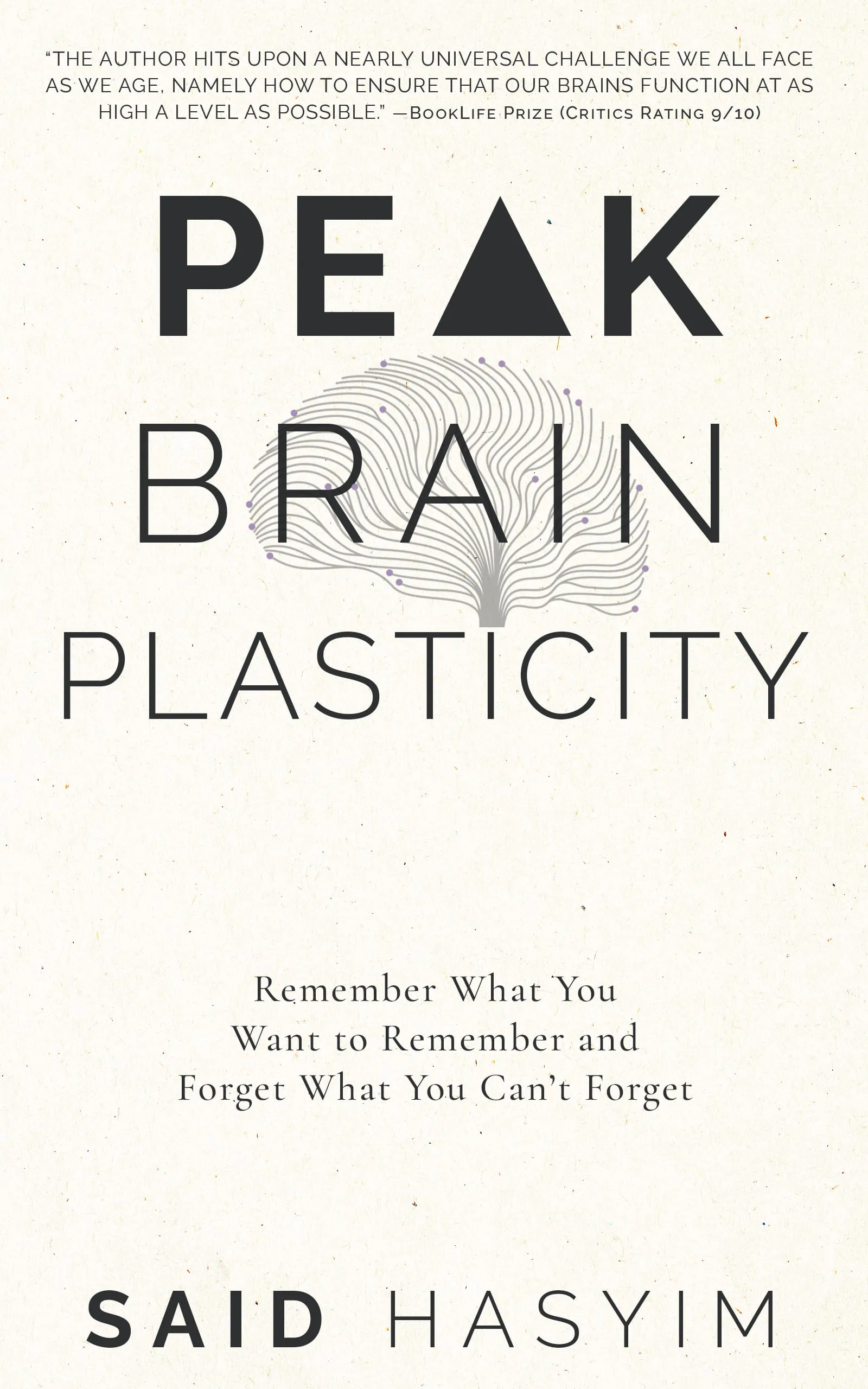Memory and Repetition: The Science Behind Recall
Introduction
Memory is an intricate and fascinating aspect of the human experience. It is not merely a repository of facts, figures, and experiences but a dynamic process that shapes our identities, influences our behavior, and allows us to learn from the past. Among the multitude of factors influencing memory, repetition plays a critical role. In this blog post, we'll explore the science behind memory and the importance of repetition in enhancing recall.
Understanding Memory
Before delving into the role of repetition, it's essential to grasp the basics of how memory works. Memory can be broadly divided into three main stages:
Encoding: This is the first step, where information is transformed into a format that can be stored. During this phase, sensory information is acquired, processed, and converted into neural codes.
Storage: After encoding, the information is stored in the brain for future retrieval. Memory storage can be further classified into short-term memory and long-term memory. Short-term memory holds information temporarily, while long-term memory retains information over extended periods.
Retrieval: This is the process of accessing stored information when needed. Successful retrieval depends on how well the information was encoded and stored.
Types of Memory
Memory is not a monolithic entity; it encompasses various types. Understanding these types helps illustrate how repetition aids recall:
Declarative Memory: This includes facts and events, which can be consciously recalled. It is further divided into episodic memory (personal experiences) and semantic memory (general knowledge).
Procedural Memory: This refers to the skills and actions we perform, often without conscious thought, such as riding a bicycle or typing.
Working Memory: A temporary storage system that allows us to hold and manipulate information for short periods, working memory is crucial for tasks like problem-solving and reasoning.
The Science of Repetition
Repetition is a powerful tool in enhancing learning and recall. The science behind it lies in its ability to strengthen neural connections in the brain. Here’s how it works:
Neuroplasticity
The brain’s ability to reorganize itself, known as neuroplasticity, is a cornerstone of memory formation. When we repeat information or skills, we stimulate brain pathways, reinforcing connections between neurons. The more frequently we revisit the same information, the stronger the synaptic connections become.
The Spacing Effect
Interestingly, how we space our repetitions matters. The spacing effect, a phenomenon first studied by Hermann Ebbinghaus in the late 19th century, indicates that information is more easily recalled when learning sessions are spaced apart rather than crammed together. This effect suggests that incorporating distributed practice into our learning routines can significantly enhance memory retention.
Example of the Spacing Effect
Imagine cramming for an exam by studying for several hours the night before. While you may remember some information temporarily, much of it will dissipate soon afterward. In contrast, if you study for shorter, more frequent sessions over the span of days or weeks, you’re more likely to retain the information long-term.
The Testing Effect
Another key concept is the testing effect. Research shows that actively recalling information (e.g., through quizzes or flashcards) is more effective for long-term retention than passive review. This principle aligns with the idea that repeating information in various forms can reinforce memory pathways, leading to better recall in the future.
Practical Applications of Repetition in Learning
Understanding the role of repetition in memory can transform how we approach learning, whether in academic, professional, or personal contexts. Here are several strategies to incorporate repetition effectively:
1. Spaced Learning
Instead of cramming, create a study schedule that spaces out reviews over time. Utilize tools like digital flashcards (e.g., Anki) that incorporate spaced repetition algorithms to optimize your learning process.
2. Active Recall
Engage with the material actively. After reading a chapter, close the book and write down everything you remember. Alternatively, quiz yourself or discuss the topic with others to reinforce your memory.
3. Multimodal Learning
Combine different modes of learning, such as reading, writing, listening, and watching. By encountering the same information in various formats, you strengthen your understanding and memory connections.
4. Repetition with Variation
Combine repetition with variation. For example, if you’re learning a new language, practice speaking in different contexts or using varied vocabulary. This not only reinforces memory but also enhances your ability to recall information in diverse situations.
Conclusion
The complexities of memory and recall are deeply embedded in our neurological structure and significantly influenced by practices like repetition. By grasping the science behind these processes, we can harness the power of memory through effective strategies that enhance our learning experiences.
As we continue to navigate an increasingly information-driven world, understanding how to leverage memory and repetition will empower us to absorb knowledge more efficiently, retain important information longer, and apply what we've learned in meaningful ways.
Remember, repetition is not just a tool for memorization; it's the key to internalizing knowledge and making it a lasting part of who we are. Harness it wisely, and unlock the potential of your memory!
Harness the Power of Neuroplasticity
Discover Peak Brain Plasticity, a practical book to harnessing neuroplasticity. Enhance your memory, learn new languages quickly, and alleviate anxiety with effective study methods. Uncover daily habits that impact cognitive health and explore techniques for accelerated learning and memory retention. Unlock your brain's potential for growth and transformation.
